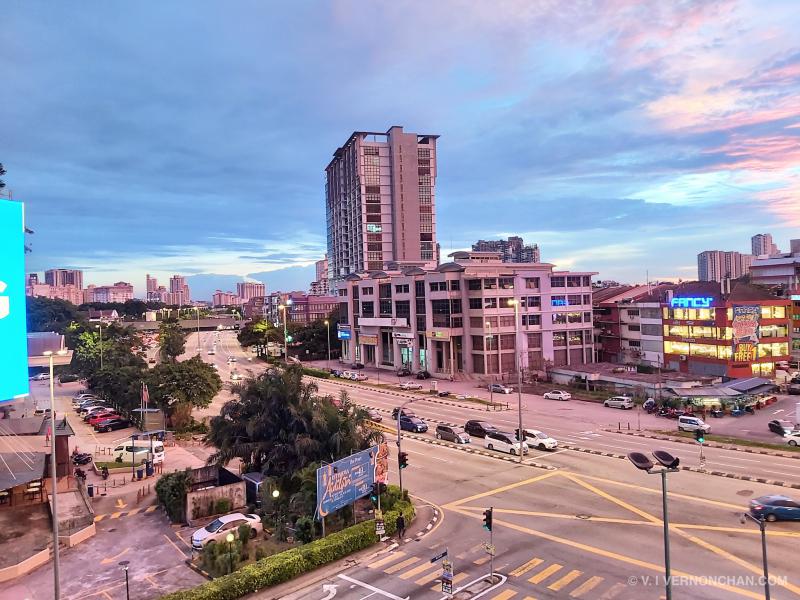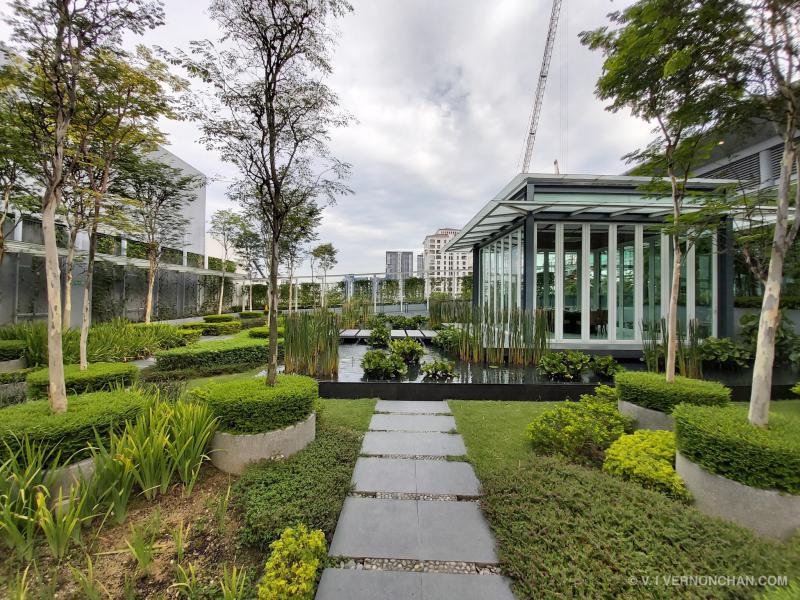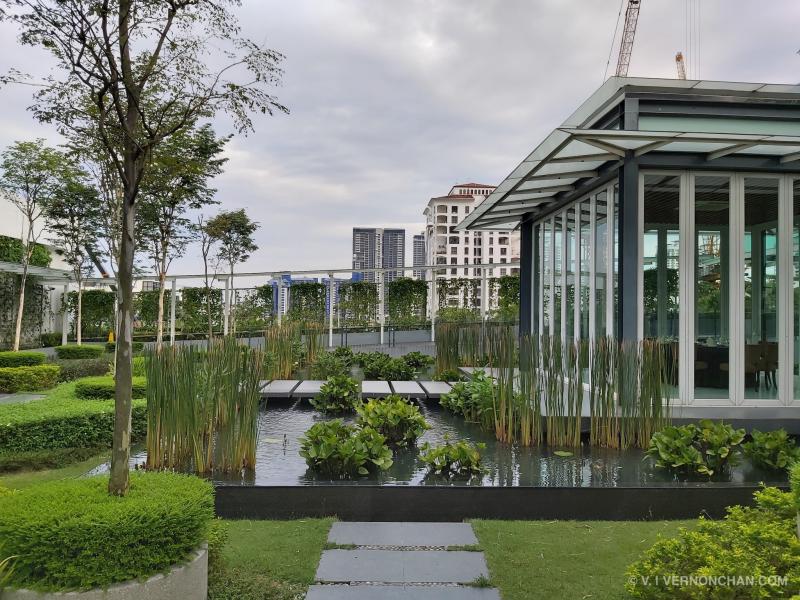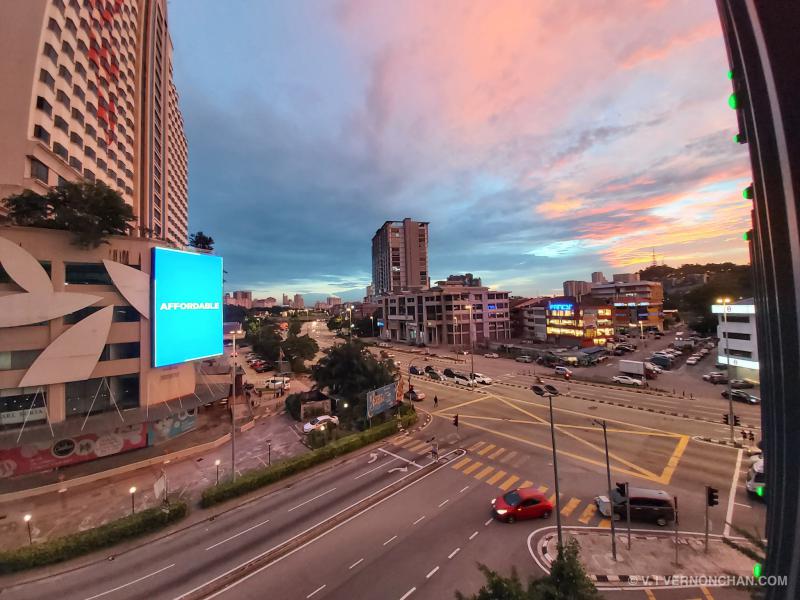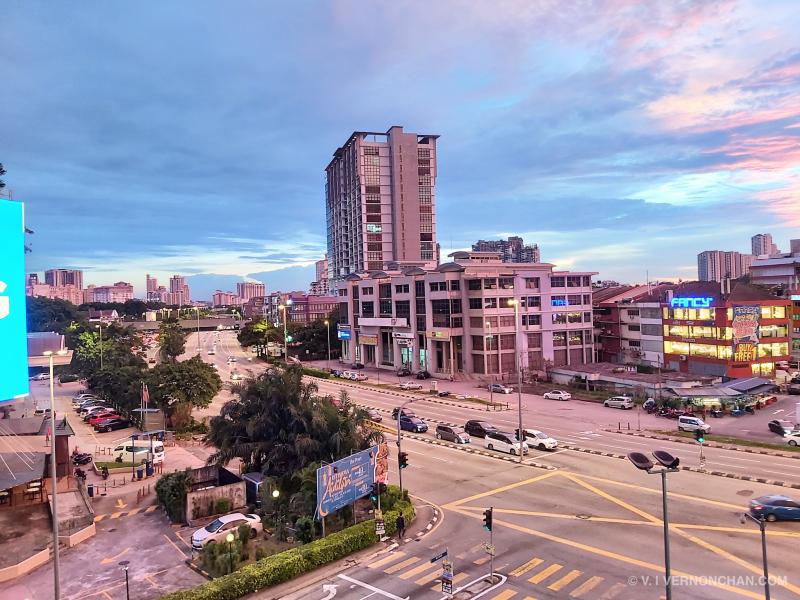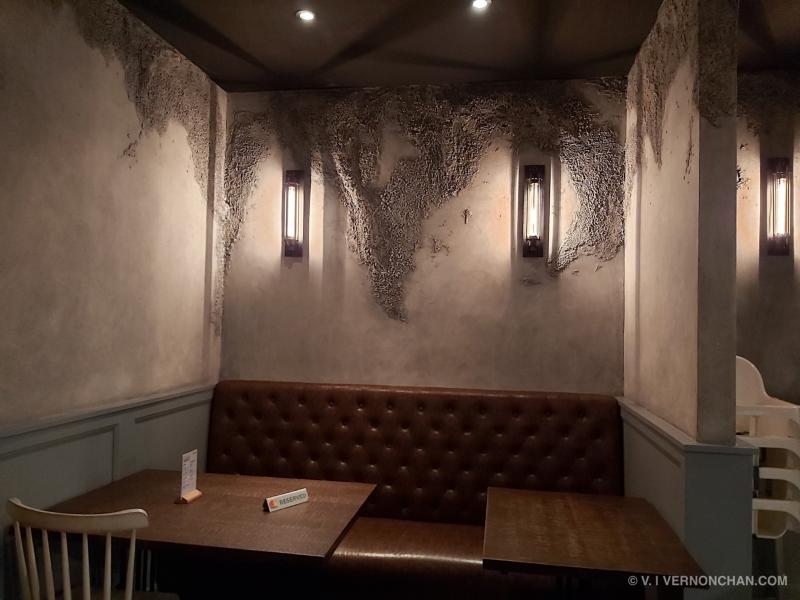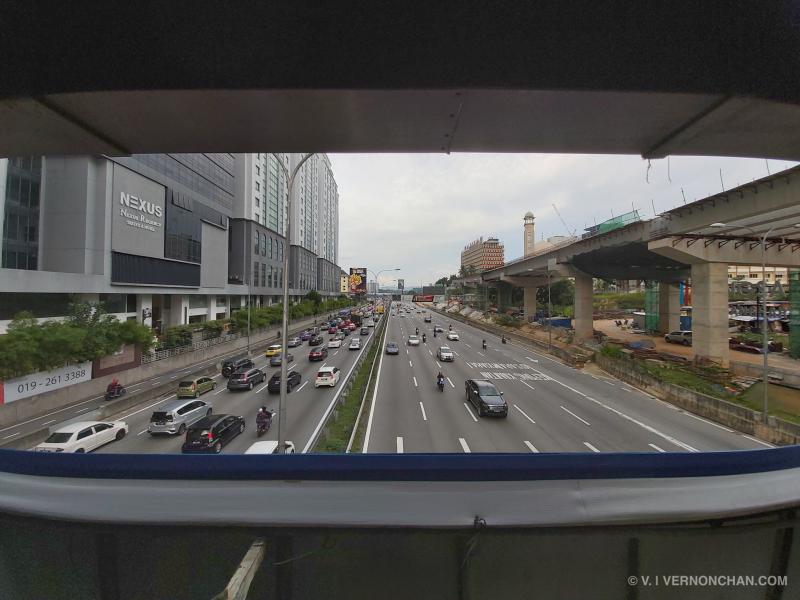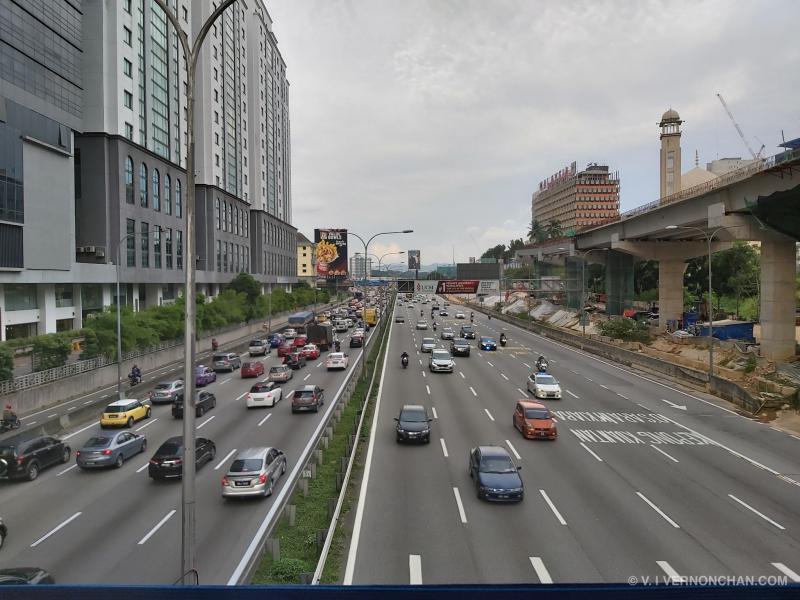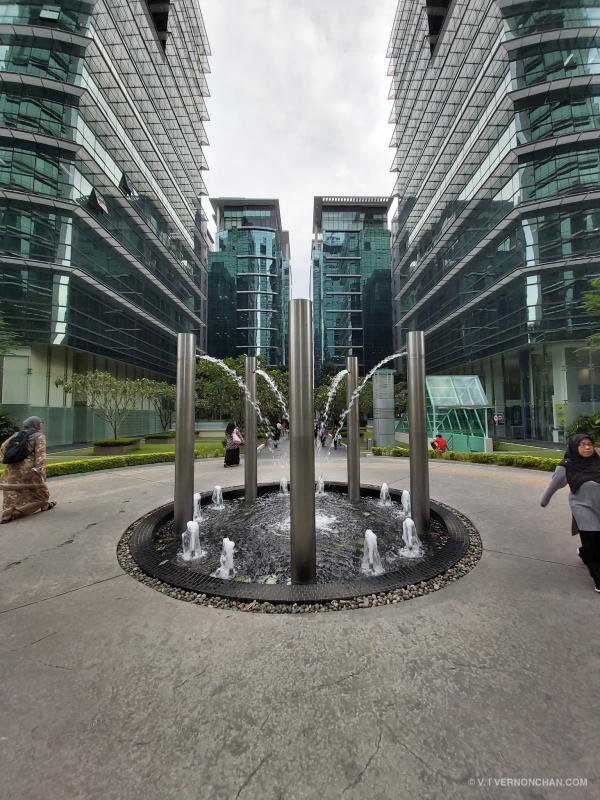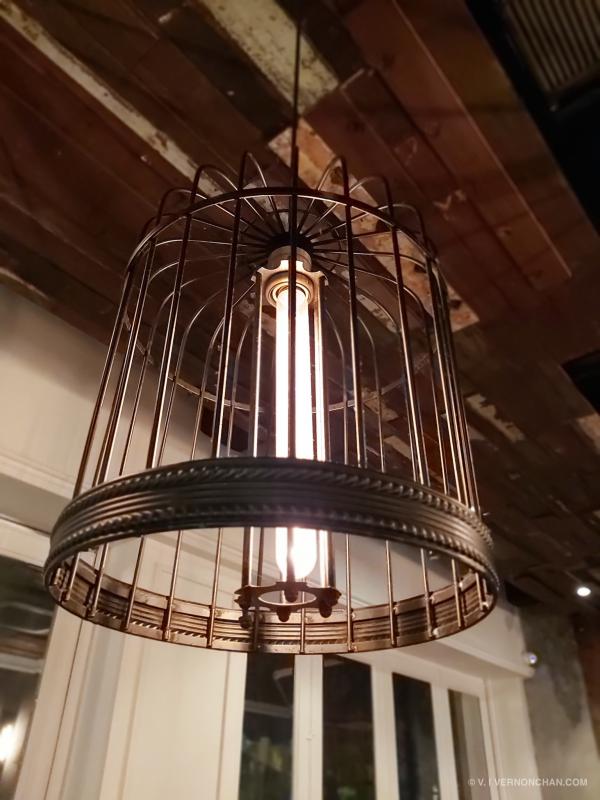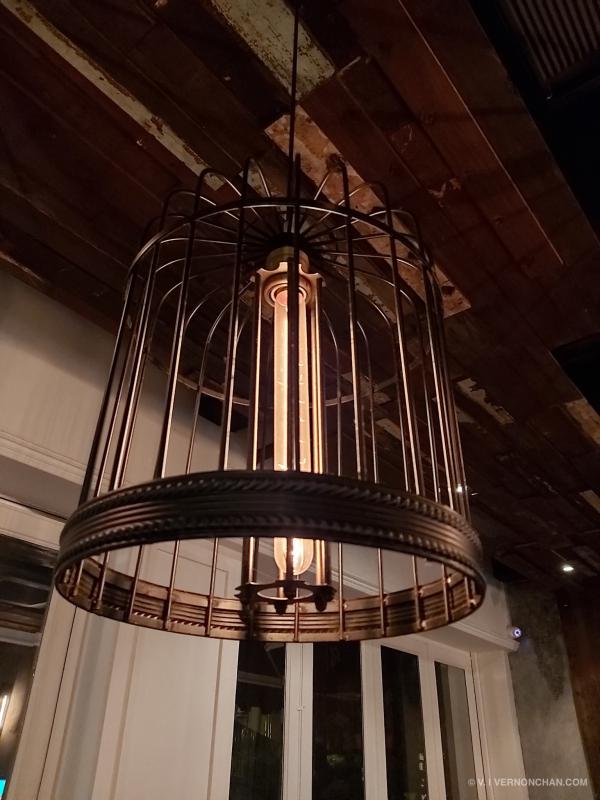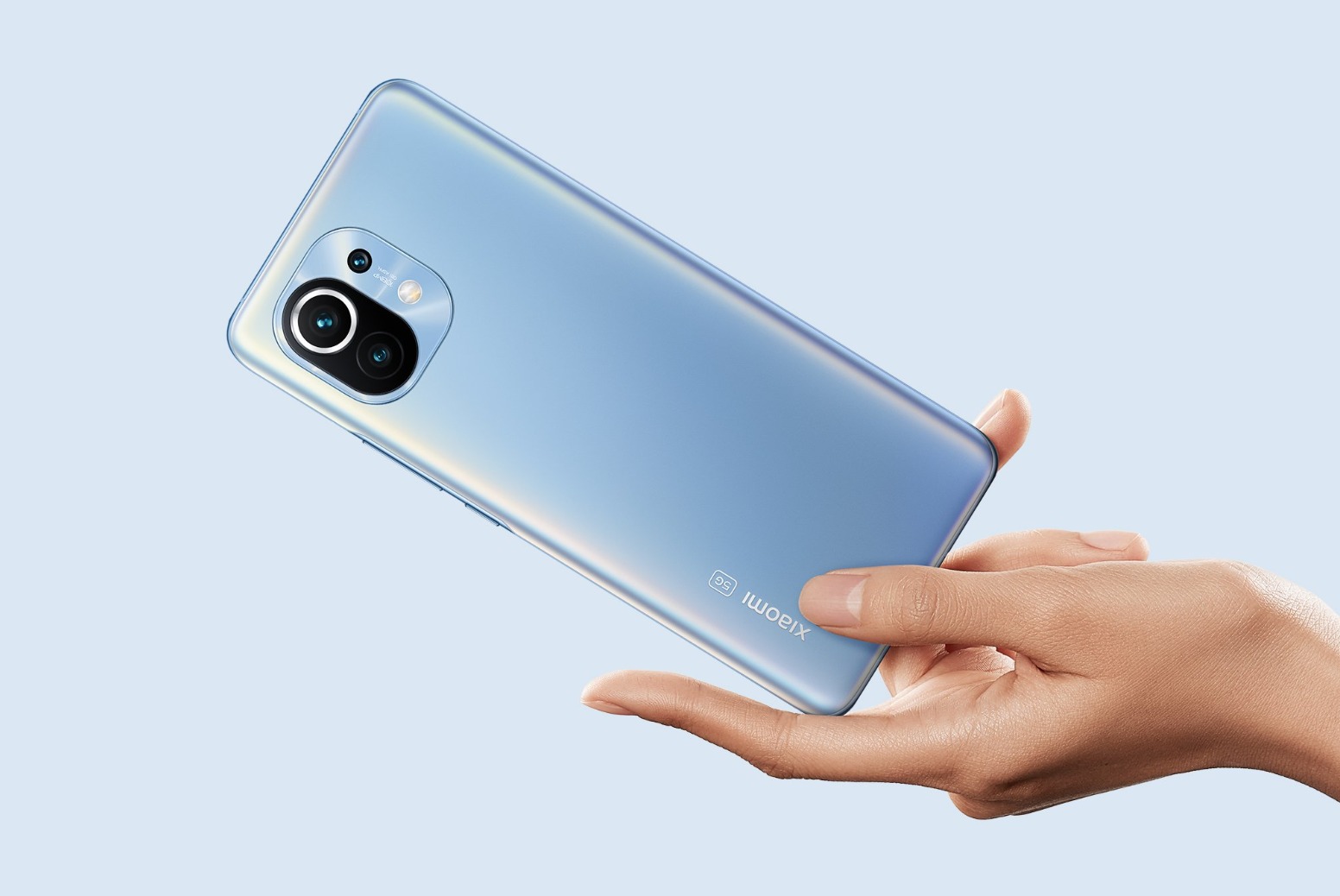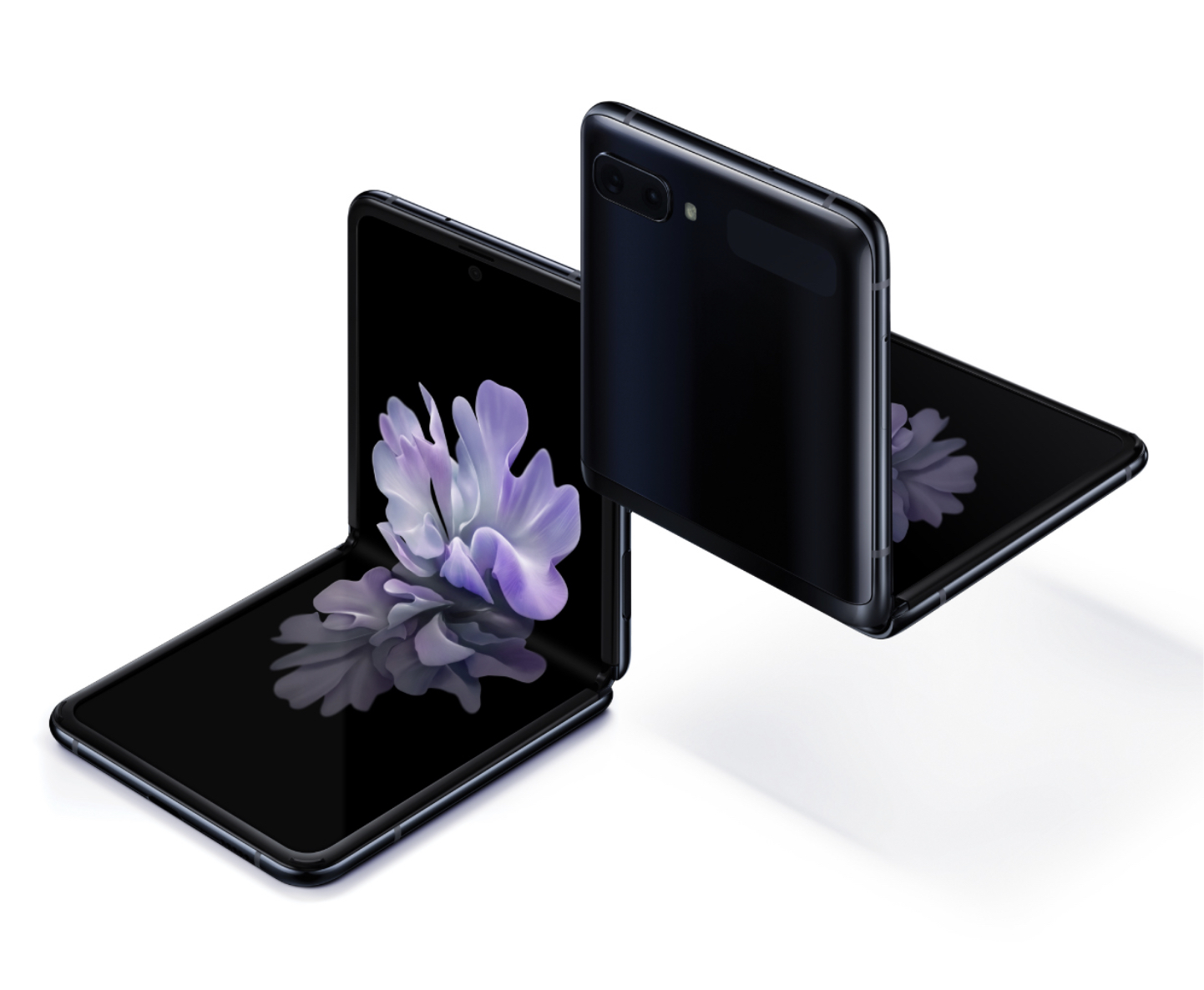While Samsung remains king of the hill in flagship smartphones, the world’s number one smartphone maker has taken a hit in the budget and mid-range segment. Undoubtedly the most keenly contested space, it has lost ground to cheaper, better offerings from the likes of Xiaomi, OPPO, Vivo, especially in countries like India and China.
With the arrival of the all-new A series though, Samsung aims to turn its fortunes around. Has the giant finally awakened and can it reclaim lost ground?
A for Avengers
In March, we saw the coming of the Galaxy A30 and A50, flanked by the value-packed M20 (great buy!). The Galaxy A30 wasn’t the A we expected, but the A50 looked to be a better device overall.
A month later, the Galaxy A70 and A80 made global debut—the strongest offerings in the A series stable yet. The Galaxy A80 especially, was the most trick—sporting a fancy motorised rotating camera and first notchless display.
The new offerings quickly trickled in to Malaysia, and recently, I got my hands on the Galaxy A70 for a couple of weeks. Can the Galaxy A70 redeem the A series from the misstep of the A30? Find out in the review.

Design & build
The Galaxy A70 will look familiar to you if you’ve seen or touched the smaller A50. In fact, they’re nigh identical—sporting a common design language and material build.
As with the A50, the Galaxy A70 is an all-plastic (some call it “glasstic” for its glass-like appearance) with an ultra-glossy, gradient finish. I have to admit, it does look good and the way it rewards you with rainbow-like patterns when light hits the back is quite addictive.

On the flip side, the back is a fingerprint, scratch and scuff magnet. Being the paranoid Android that I am, I never leave a phone without a protective case. Evidently, you’ll find a transparent TPU protective case bundled in the box—not the best protection, nor best-looking (that award goes to the Vivo V15’s) but any protection is better than none.
The device is otherwise sleek, weighing in at around 183g. It’s a big phone no doubt, and those with smaller hands may find it unwieldy. But personally, I love the size.
You’ll find both the volume rocker and power button placed on the right side while the USB-C port and headphone jack are at the bottom.
Overall, a pleasing design with a top quality material build as expected from the leading South Korean smartphone maker.
Hardware
On the front, the 6.7-inch Full HD+ Super AMOLED display with an Infinity-U water drop notch and narrow chin look good. The display is bright, big, and sharp although arguably, Full HD+ on a 6.7-inch panel means it sacrifices pixel density for screen real estate. You’ll be hard pressed to notice too much of a difference though, unless you compare the A70 beside an S10+. It’s a beautiful canvas nonetheless especially for gaming and multimedia content consumption.

Like the Galaxy S10 series, the A70 includes an in-display optical fingerprint scanner. It’s cool and all, but also inherits the Galaxy S10‘s annoying little quirks. The sensor isn’t the quickest and sometimes takes several tries before it recognises input. Face unlock works way better and most importantly, the most consistent. Or if all else fails, PIN input, folks.
Under the hood, the Galaxy A70 gets the most powerful Snapdragon 600-series chip in Qualcomm’s SoC factory—the Snapdragon 675. The octa-core processor with two Cortex A76 and six Cortex A55 cores is a great balance between power efficiency and performance. It is mated to the Adreno 612 GPU and ships with 8GB RAM and 128GB of storage. There’s microSD expansion via a dedicated slot if onboard storage is insufficient.
The phone offers dual nano-SIM card slots with support for VoLTE on both.
Battery-wise, Samsung has slapped on a large power cell—4,500mAh—into the Galaxy A70, a welcome move. Charging is via USB-C and there’s also support for 25W fast charging. Not quite VOOC levels, but you’ll still enjoy a full charge in under two hours.
Let’s also not forget that the A70 features Samsung Pay, the first device outside of Samsung’s flagships to support the payment system. Certainly a big plus for people (like me) who use the Samsung payment ecosystem.
Software
Out-of-the-box, the Galaxy A70 runs One UI 1.1 based on Android 9 Pie. I’m a fan of One UI and I think it’s the best Android skin in the market today. Iconography and typography is spot on, and the gesture driven navigation (you need to enable this in settings) becomes natural once you’ve committed it to muscle memory. I still prefer MIUI’s gestures, which I feel are more intuitive, but that said, One UI works well, too.
Thankfully, there’s minimal bloatware, plus it comes with a few nifty extras like the improved Bixby, Galaxy Store, Galaxy Themes, and if you’re a game enthusiast—Game Launcher.
What’s in the box
- Galaxy A70 unit
- TPU case
- 25W fast charger
- USB-C to USB-C cable
- SIM ejector tool
- In-ear earphones
- Documentation
Performance
If balance is what you’re looking for, then the Galaxy A70 will deliver that in droves. In balance I’m referring to performance and battery life. Granted, it’s not the most powerful device amongst its peers, but you’re not going to find it lacking in anyway in day-to-day tasks. It’s slick and smooth and feels optimised; multi-tasking and switching between apps are responsive.
As far as synthetic benchmarks go, there’s nothing unexpected—more or less what the hardware should deliver in the usual suite of benchmarks—AnTuTu, Geekbench 4, and PCMark.
Gaming performance is good too, and you’ll be able to play graphics-intensive titles without issues. PUBG can be played with ultra graphics, likewise racing simulators like Asphalt 9 and Need for Speed run well, too. Not without occasional dropped frames, of course.
The big display certainly helps in gaming and it’s bright enough for outdoors, too.
What disappointed me was in the audio department. The single down-firing speaker was never going to cut it, who are we kidding? I found it lacked overall loudness, and even after cranking it up to the maximum, it still left me wanting. Being a single speaker, audio performance isn’t great either. So plugging in a pair of headphones (or via Bluetooth if you wish) is a good idea. By the way, the bundled non-AKG IEMs aren’t too bad.

What’s truly impressive about the Galaxy A70 is the battery life. Perhaps it isn’t such a surprise considering the massive 4,500mAh that Samsung generously plonked into the chassis. On average, the phone lasted at least 1.5 days, close to two days with screen-on time around seven hours.
When juice gets low, charging up is quick too, thanks to 25W fast charging. Nice that Samsung has included a 25W power brick in the box.
Camera
On paper at least, the triple camera system on the Galaxy A70 shows promise. The main camera is a massive 32MP shooter with an f/1.7 aperture lens, backed by an 8MP sensor mated to a 120-degree f/2.2 ultra-wide-angle lens and a 5MP f/2.2 depth sensor. Sadly, no telephoto lens for those looking for some optical zoom but the wide-angle camera, some would argue, is generally more useful. I’m a little torn between a telephoto and an ultra-wide lens, having been spoiled by the Galaxy S10+ and also the likes of the Huawei P30 Pro. But to each his own.
Also, we can’t have it all, can we?

In general, the rear shooters work considerably well, specifically in well-lit environments—good details, pretty accurate colour reproduction and dynamic range. The AI-driven Scene Optimiser generally works well to identify scenes/objects and optimise settings accordingly.
However, quality of images may vary depending on which mode/lens you’re using. There’s notable differences i.e drop in quality between the main 32MP sensor and the 8MP sensor with the ultra-wide-angle lens, especially indoors or in lower-lit environments. This isn’t specific to the Galaxy A70 of course, as even flagship devices tend to suffer the same fate. You’ll notice pervasive softness and loss of details in images, enhanced by noise reduction.
It’s worth noting that the 32MP sensor pixel-bins to 12MP images by default. In all honesty, there’s no reason why you would want to shoot in 32MP anyways, since it would mean more processing time and also outputs to bigger sized files. More megapixels doesn’t mean the best images either—the main camera isn’t the sharpest and relies on post-process sharpening to enhance details.
Generally, the camera tends to overexpose highlights, and I found this prevalent across all modes.
What was surprising though, was low light performance. Keep your hands steady and the Galaxy A70 will return some commendable shots. Images are well-exposed with decent details, although white balance-wise, they skew towards warmer tones.
Again, not the sharpest, but generally pleasing. My main gripe is that focusing can be slow especially in low light environments. As it slows the shutter speed down to compensate, it also hunts for focus, which can take a couple of valuable seconds before you can capture the shot.
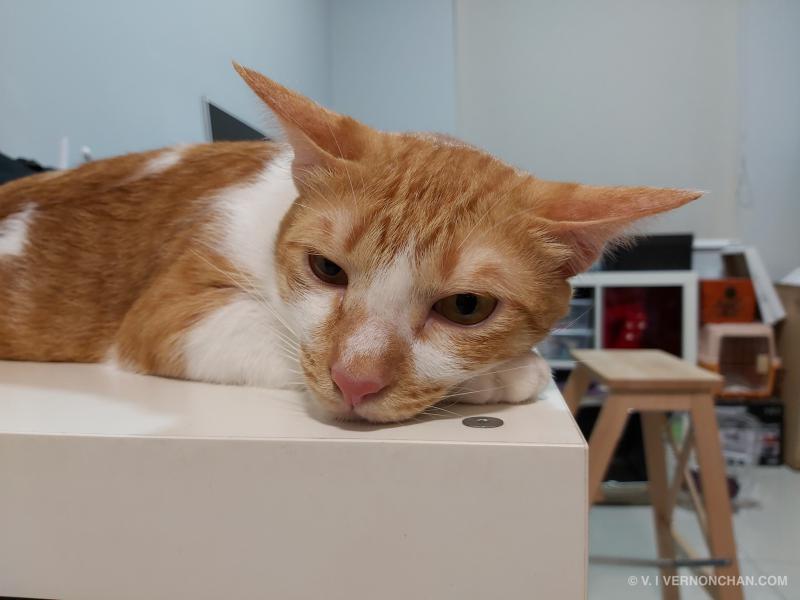
Live focus mode—a mode I use rather often—is aided by the 5MP sensor. I found the separation of the focus subject and background pretty good, although not always perfect, and certainly not Google Pixel level.

The seflie shooter is a whopper of a camera, but again, pixel-bins to 12MP images. Honestly, not the best nor the sharpest but skin tones are spot on when outdoors; with AutoHDR images are generally well-exposed. Indoors, selfies tend to be warmer. As with most smartphones nowadays, beautification levels can be intrusive, so turn Beauty mode off if you can’t recognise your own face!

Beautiful 
Not beautiful
In terms of videos, the Galaxy A70 will happily shoot up to 4K resolution at 30fps, but minus image stabilisation. It can also shoot up to 60fps in 1080p and 480fps slow-mo at 720p resolution. It returns better than average footage, with good colour reproduction, contrast, as well as details.

The camera UI will be familiar to those who currently use Samsung devices. It’s intuitive and pleasing, aside from my only complaint—the Bixby Vision button on the top left of the interface. I consistently trigger this by accident each time I use my left hand to steady the phone when setting up to shoot. It’s the same complaint I have for the Galaxy S10 series. I’m hoping Samsung relocates this mostly unused feature into some hidden menu (I don’t care where). I distinctly remember, this used to be within the camera mode carousel in older iterations of the camera app.
Pros
- Aesthetically pleasing
- Expansive, bright screen with Widevine L1 support
- Better than average performance
- Good camera, Scene Optimiser
- Big storage + microSD expansion
- Surprising low light camera performance
- Ultra-wide angle lens is useful
- Long-lasting battery
- Fast-charging + fast charger bundled
- USB-C
- Headphone jack
- One UI is excellent
- Samsung Pay
- Optical in-display fingerprint scanner
- Decent bundled earphones
Cons
- Fingerprint and scratch/scuff magnet
- Camera slow to focus
- Disparity in quality between main camera and ultra-wide
- Speakers not loud enough
- Optical in-display fingerprint scanner not the fastest nor most accurate
- Tends to over blow highlights on photos
- That annoying Bixby Vision button
- Price on the high side
Pricing and availability
Available in Blue and Black, the Samsung Galaxy A70 retails for MYR1,999.
Verdict
The Galaxy A70 is a substantially stronger effort than the A30, and promises “flagship level“ features in a premium mid-range device. From a tri-camera setup to in-display fingerprint sensor, and almost two-day battery life, the Galaxy A70 packs plenty for under MYR2,000.

Despite several gripes I have with the device, I genuinely like how the phone looks, feels and performs. Battery life is outstanding and as a daily driver should satisfy most consumers out there. The price may be biggest obstacle—the Galaxy A70 has to contend with other well-packaged mid-range phones like the Xiaomi Mi 9T, and even older flagships like the Mi 9 and Huawei Mate 20, which also fall under the same price bracket.
If you like the Samsung experience (and One UI, it’s great!) and comfortable being in the Samsung ecosystem, the Galaxy A70 is a viable buy. It’s also a great stepping stone before you move up to the flagships like the Galaxy S10 or Note series.
[nextpage title=”Sample photos”]
All shots are straight from camera, unedited aside from watermarking. Click on image for a bigger view.
